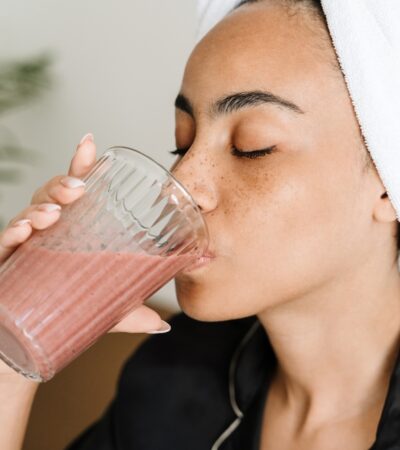There are certain important signals your body may be sending you post-exercise that you shouldn’t ignore. Whether you’re new to fitness or an avid exerciser, listening to your body is an absolute must. From fatigue to salty sweat, Dr Kianoush Missaghi, training specialist at coaching app, Freeletics, shares six things you should pay attention to:
You have muscle pain that won’t go away
In some cases, muscle soreness after a workout may indicate an injury. If you have strained a muscle often there will be a sudden onset of pain during certain movements in one muscle, whereas post-workout soreness or Delayed Onset Muscle Soreness (DOMS) can begin between 24 and up to 72 hours after exercise. Post-workout soreness will often occur on both sides of the body, whereas soreness from a pulled muscle will typically only occur on one side and only affect the strained limb.
If you do experience muscle pain following a workout, don’t ignore it; many injuries start out small and only become serious when ignored. In the first instance, take a day or so to assess the injury and to let it recover before you proceed with training. If the pain persists then it’s important to have it looked at by a professional.
You lose energy partway through a workout
If you find your energy levels waning significantly part way through a workout, this could be an indication that your nutrition isn’t on point, or you’ve not adequately fuelled your body for the workout that you’re doing. To combat this, you should aim to eat a balanced meal with carbohydrates and protein 2-3 hours prior to a training and a small snack i.e. a piece of fruit like a banana around 30 minutes right before to ensure that your energy levels stay up.
You’re always sore
Frequent muscle soreness could be a sign that you’re overtraining. Your body typically needs 24-72hours to recover from a tough workout, but if you’re still sore, you could be suffering from delayed onset muscle soreness, or DOMS. The solution? Soreness is your body’s way of telling you to rest and recover. You can’t perform if your body isn’t up to it. There’s no quick fix – you’ve just got to rest.
You’ve stopped improving and you’re losing motivation
It’s not uncommon to hit a training plateau, especially If you stick to similar sorts or workouts and exercises. To avoid this, it’s important to consistently and strategically change your training plan to ensure its varied and that it includes workouts of different intensities. Think of it as pushing your body out of its comfort zone so that it must adapt to new challenges. In order to ramp up your development, try splitting your year into 3 or 4 Training Journeys or blocks, each one with a slightly different focus and divided up into stages. This introduces variety in volume and intensity into your workouts with numerous benefits. The biggest reward is that it triggers development by giving your body a new set of stimuli (e.g., movement and resistance) to react to. Done right, training in cycles also builds in recovery so you don’t succumb to OTS (overtraining syndrome) or get injuries. Finally, it makes sure you improve in a predictable, measurable way – you set your goals and can observe the progress.
Your sweat is white and overly salty
These symptoms could be a sign that you’re dehydrated. Some people need to drink more than others during exercise. Not drinking enough means that your body does not have the fluid to produce enough sweat, so your sweat has a higher concentration of salt than usual. Make sure to drink enough water, but not too much as this can also have negative effects.
Your resting heart rate is higher than normal
If you use a fitness tracker and notice that your resting heart rate is higher than normal, this could indicate that you need a rest day. The body requires more oxygen in the blood when muscles are torn and need to be recovered. And more oxygen means that the blood must be pumped faster, leading to a higher heart rate.
READ MORE: Why You Need To Master Mobility For Better Workouts (+ A Better Body)














